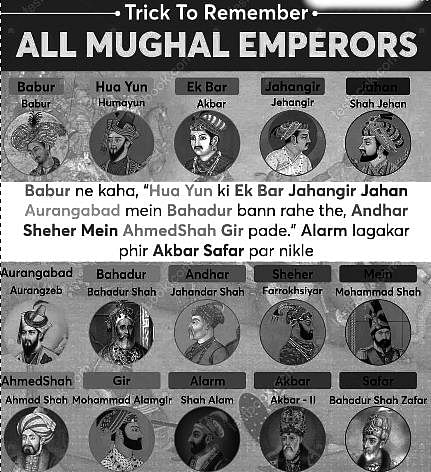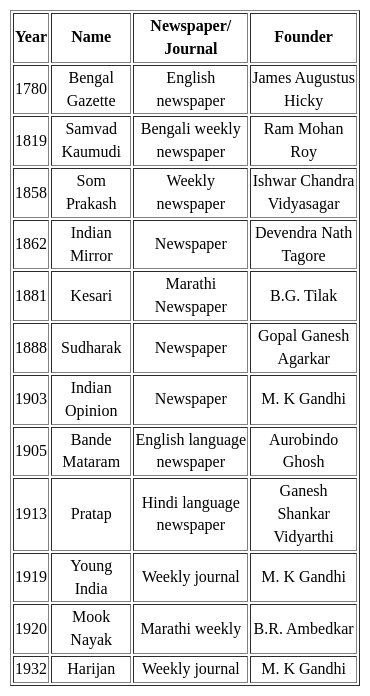Software Development Exam > Software Development Tests > HTET: Haryana G.K and Awareness (History) - Software Development MCQ
HTET: Haryana G.K and Awareness (History) - Software Development MCQ
Test Description
10 Questions MCQ Test - HTET: Haryana G.K and Awareness (History)
HTET: Haryana G.K and Awareness (History) for Software Development 2025 is part of Software Development preparation. The HTET: Haryana G.K and Awareness (History) questions and answers have been prepared
according to the Software Development exam syllabus.The HTET: Haryana G.K and Awareness (History) MCQs are made for Software Development 2025 Exam.
Find important definitions, questions, notes, meanings, examples, exercises, MCQs and online tests for HTET: Haryana G.K and Awareness (History) below.
Solutions of HTET: Haryana G.K and Awareness (History) questions in English are available as part of our course for Software Development & HTET: Haryana G.K and Awareness (History) solutions in
Hindi for Software Development course.
Download more important topics, notes, lectures and mock test series for Software Development Exam by signing up for free. Attempt HTET: Haryana G.K and Awareness (History) | 10 questions in 5 minutes | Mock test for Software Development preparation | Free important questions MCQ to study for Software Development Exam | Download free PDF with solutions
HTET: Haryana G.K and Awareness (History) - Question 1
Which of the following sites of Harappan culture are found in the district of Fatehabad?
Detailed Solution for HTET: Haryana G.K and Awareness (History) - Question 1
HTET: Haryana G.K and Awareness (History) - Question 2
The famous traveler Hiuen Tsang who had come to Haryana in the 7th century to learn Buddhism was from __________.
Detailed Solution for HTET: Haryana G.K and Awareness (History) - Question 2
HTET: Haryana G.K and Awareness (History) - Question 3
The Battle of Plassey was fought between which two sides of the following?
Detailed Solution for HTET: Haryana G.K and Awareness (History) - Question 3
HTET: Haryana G.K and Awareness (History) - Question 4
Which of the following dynasties does NOT belong to Haryana?
Detailed Solution for HTET: Haryana G.K and Awareness (History) - Question 4
HTET: Haryana G.K and Awareness (History) - Question 5
On which day did the Indian government set up the Shah Commission to divide Punjab and create the state of Haryana?
Detailed Solution for HTET: Haryana G.K and Awareness (History) - Question 5
HTET: Haryana G.K and Awareness (History) - Question 6
Who was the first Sufi Saint of Haryana?
Detailed Solution for HTET: Haryana G.K and Awareness (History) - Question 6
HTET: Haryana G.K and Awareness (History) - Question 7
Publication of which of the following weekly magazine was started by Chaudhary Chhotu Ram in 1916 from Rohtak?
Detailed Solution for HTET: Haryana G.K and Awareness (History) - Question 7
HTET: Haryana G.K and Awareness (History) - Question 8
Lala Lajpat Rai participated in Swadeshi Andolan from ______ district of Haryana.
Detailed Solution for HTET: Haryana G.K and Awareness (History) - Question 8
HTET: Haryana G.K and Awareness (History) - Question 9
Where was the Revolt of 1857 started in Haryana?
Detailed Solution for HTET: Haryana G.K and Awareness (History) - Question 9
HTET: Haryana G.K and Awareness (History) - Question 10
__________ is the first National news paper printed in Haryana.
Detailed Solution for HTET: Haryana G.K and Awareness (History) - Question 10
Information about HTET: Haryana G.K and Awareness (History) Page
In this test you can find the Exam questions for HTET: Haryana G.K and Awareness (History) solved & explained in the simplest way possible.
Besides giving Questions and answers for HTET: Haryana G.K and Awareness (History), EduRev gives you an ample number of Online tests for practice
Download as PDF




















